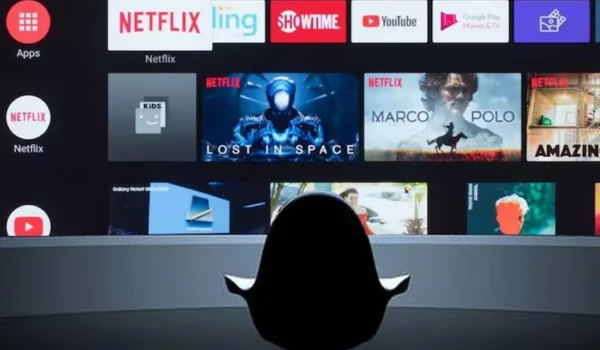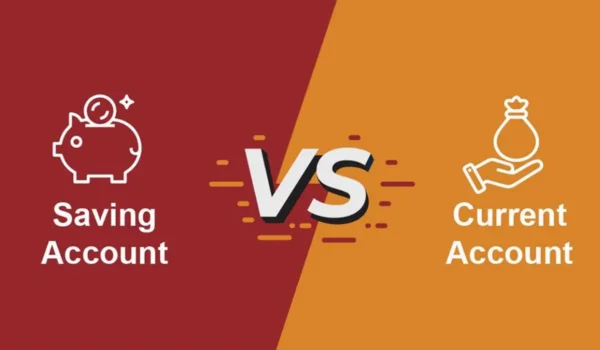The rise of Over-The-Top (OTT) platforms has completely transformed the landscape of the Indian movie business. What began as a digital experiment has evolved into a billion-dollar industry that now rivals — and in some cases surpasses — traditional cinema. From content creation and audience engagement to legal frameworks and business models, OTT platforms have redefined how entertainment is produced, distributed, and consumed in India.
The Shift from Silver Screens to Streaming Screens
For decades, theatrical release was the only path to success in the Indian film industry. Box office collections determined a movie’s fate, and distribution networks held immense power. However, the advent of OTT platforms such as Netflix, Amazon Prime Video, Disney+ Hotstar, Zee5, and JioCinema has disrupted this traditional model.

Audiences today prefer watching content at their convenience — anytime, anywhere, and on any device. This flexibility, combined with affordable internet access and smartphone penetration, has brought a digital revolution to Indian entertainment. During the COVID-19 pandemic, OTT platforms became the lifeline of the movie business when theatres shut down. What was initially seen as a temporary alternative soon emerged as a permanent pillar of the industry.
According to www.businessscroller.com, the Indian OTT market has grown exponentially, with revenues projected to cross ₹25,000 crore by 2026. This expansion has not only reshaped how films are distributed but has also forced producers to rethink storytelling, production budgets, and marketing strategies.
Changing Business Models and Audience Dynamics
Traditional film business models relied heavily on theatrical revenue, satellite rights, and DVD sales. In contrast, OTT platforms have introduced subscription-based (SVOD), advertisement-based (AVOD), and hybrid monetization models, which ensure recurring income and direct access to audiences.
For filmmakers, OTT distribution offers a more predictable revenue stream and reduces dependence on box office performance. Independent filmmakers, in particular, have benefited immensely, as digital releases bypass the costly process of theatrical distribution and censorship constraints. This democratization has given rise to a new wave of regional and experimental cinema that may never have found space in mainstream theatres.
Moreover, OTT data analytics allow producers to understand audience behavior, enabling smarter investments and targeted storytelling. This data-driven approach contrasts sharply with the traditional system, where box office numbers were the only success indicator.
Legal and Regulatory Challenges in the OTT Era
The rapid growth of OTT platforms has also raised critical legal and regulatory issues in India. Unlike traditional cinema, OTT content was initially unregulated, giving creators unprecedented creative freedom. However, with increasing concerns about obscenity, religious sensitivity, and misinformation, the government introduced a new regulatory framework under the Information Technology (Intermediary Guidelines and Digital Media Ethics Code) Rules, 2021.
Under these rules, OTT platforms must self-classify content by age category, establish grievance redressal mechanisms, and comply with takedown requests in cases of legal violations. While this framework aims to maintain accountability, it also introduces a new compliance layer for streaming services and filmmakers.
Intellectual Property Rights (IPR) have become another legal battleground. The ease of digital distribution makes content vulnerable to piracy, unauthorized reproduction, and illegal streaming. Platforms now invest heavily in encryption technology and watermarking systems to protect creators’ rights.
Contracts and licensing agreements, too, have evolved. Film producers must now carefully negotiate digital rights, exclusivity periods, and territorial licenses. Entertainment lawyers play a vital role in ensuring that both creators and platforms are legally protected in this evolving ecosystem.
Impact on Traditional Cinema and Theatres
While OTT platforms have opened new opportunities, they’ve also disrupted the economics of traditional cinema. Multiplex chains initially resisted direct-to-digital releases, fearing revenue losses. However, as audience preferences shift, even theatre owners are adapting through hybrid release strategies — combining theatrical premieres with early OTT releases to maximize reach.
Some films, like Shershaah and Gulmohar, achieved massive digital success, proving that streaming platforms can deliver both scale and prestige. Meanwhile, big-budget spectacles such as Pathaan and RRR continue to thrive in theatres, showing that both formats can coexist if strategically managed.
The Future: Regulation, Innovation, and Collaboration
The future of India’s movie business lies in balancing creativity, commerce, and compliance. OTT platforms will continue expanding into regional markets, producing original series, and experimenting with AI-based personalization to enhance viewer engagement. However, clear legal frameworks will be crucial to ensure ethical content creation, transparent contracts, and protection of digital rights.
As businessscroller.com observes, OTT platforms have not merely digitized entertainment — they have revolutionized it. By merging technology with storytelling and bringing legal accountability into the digital space, they have set the foundation for a new era in Indian cinema.
Conclusion
OTT platforms have empowered filmmakers, diversified storytelling, and given audiences unprecedented choice. They’ve turned the movie business into a dynamic, data-driven ecosystem where creativity meets commerce in real time. The legal and business transformations brought by streaming services mark one of the most significant shifts in India’s entertainment history — one that will continue shaping how stories are told, sold, and streamed for generations to come.







